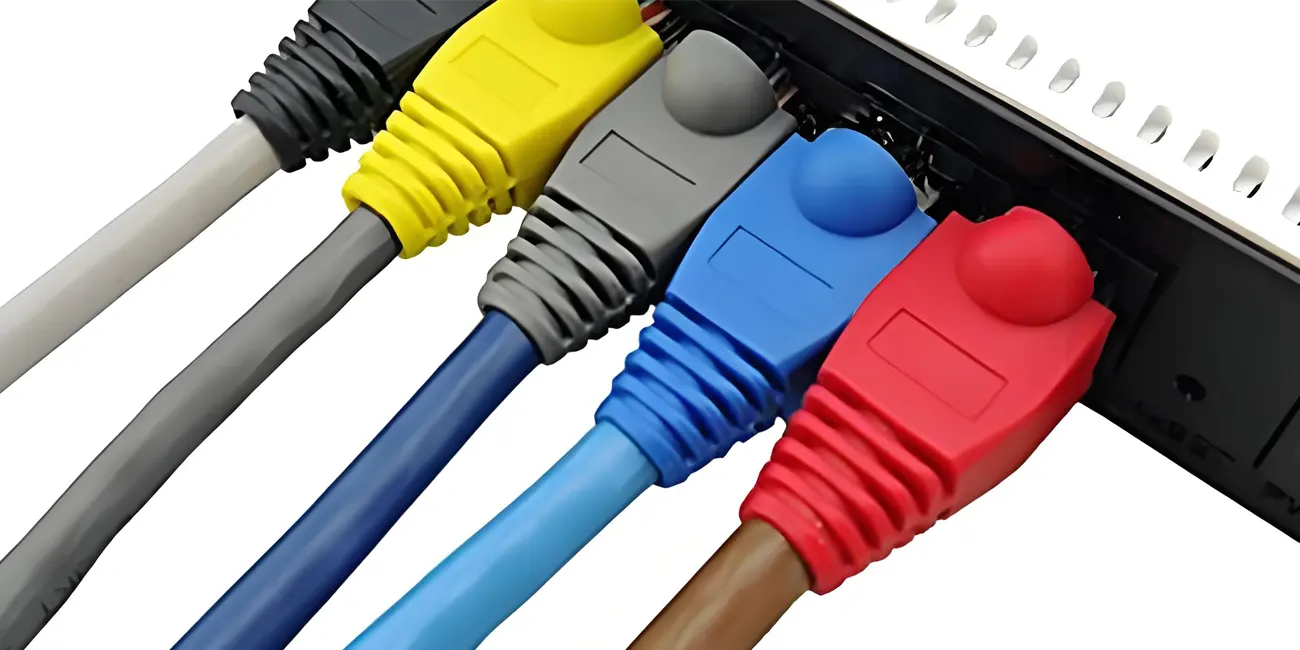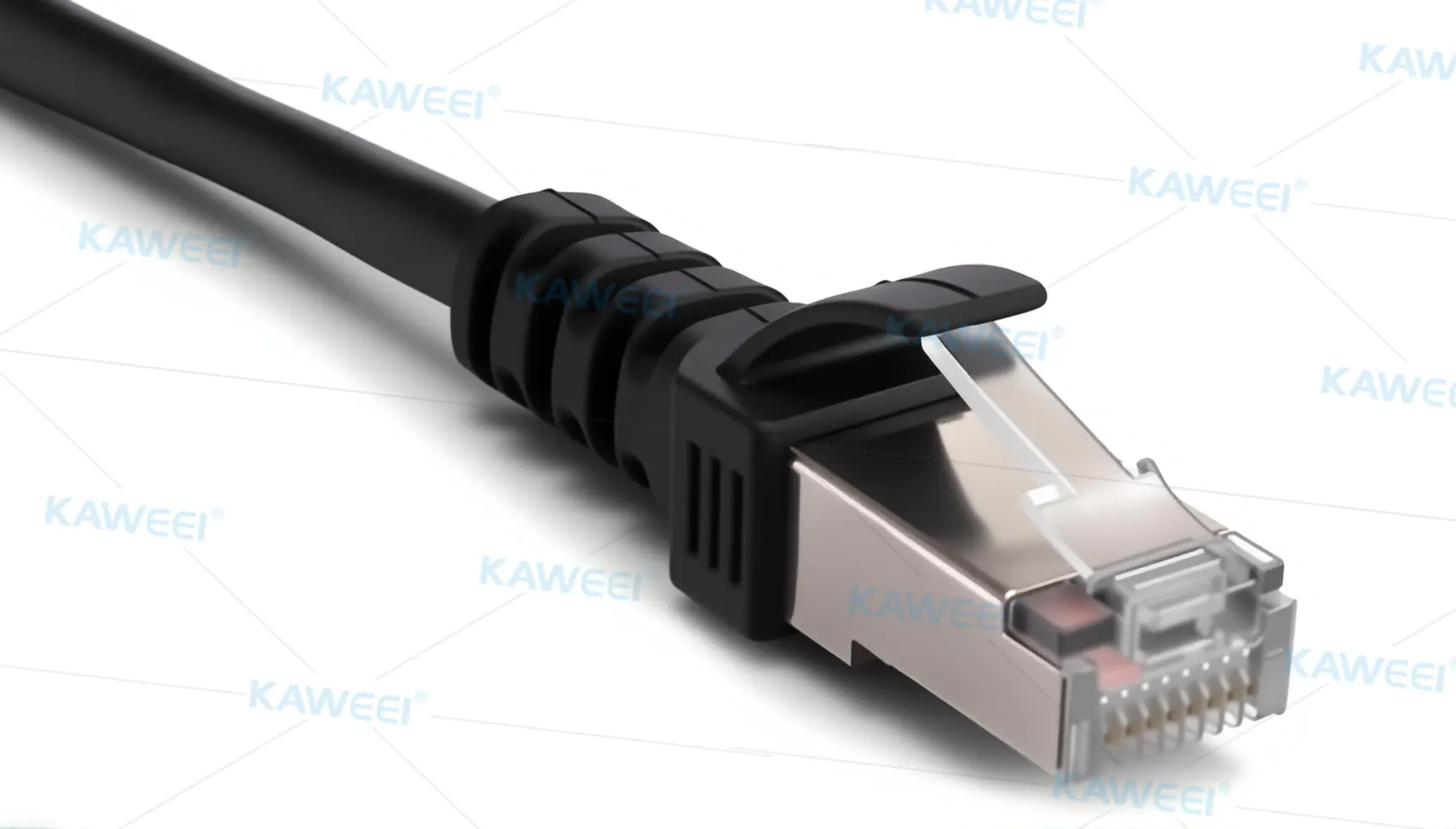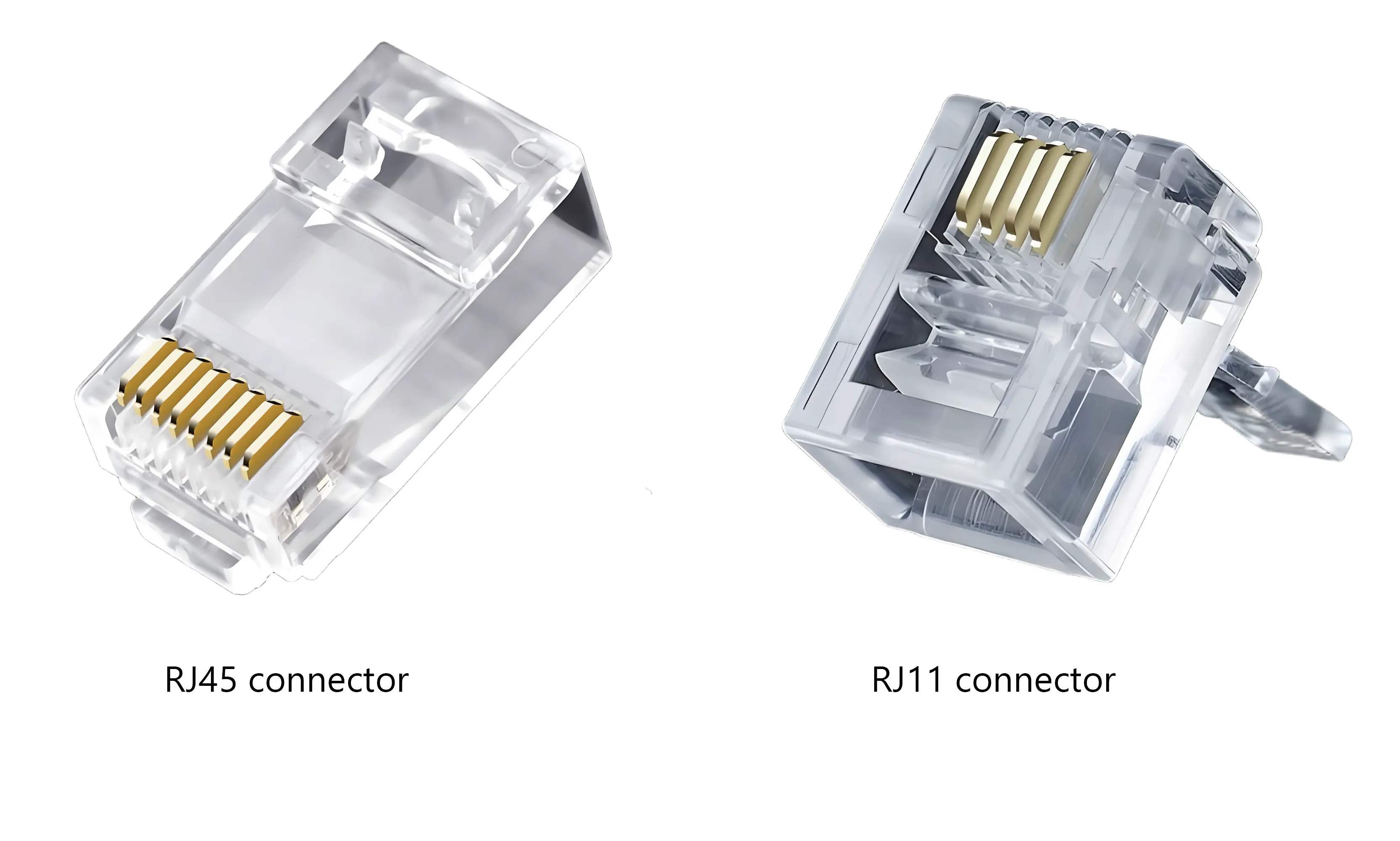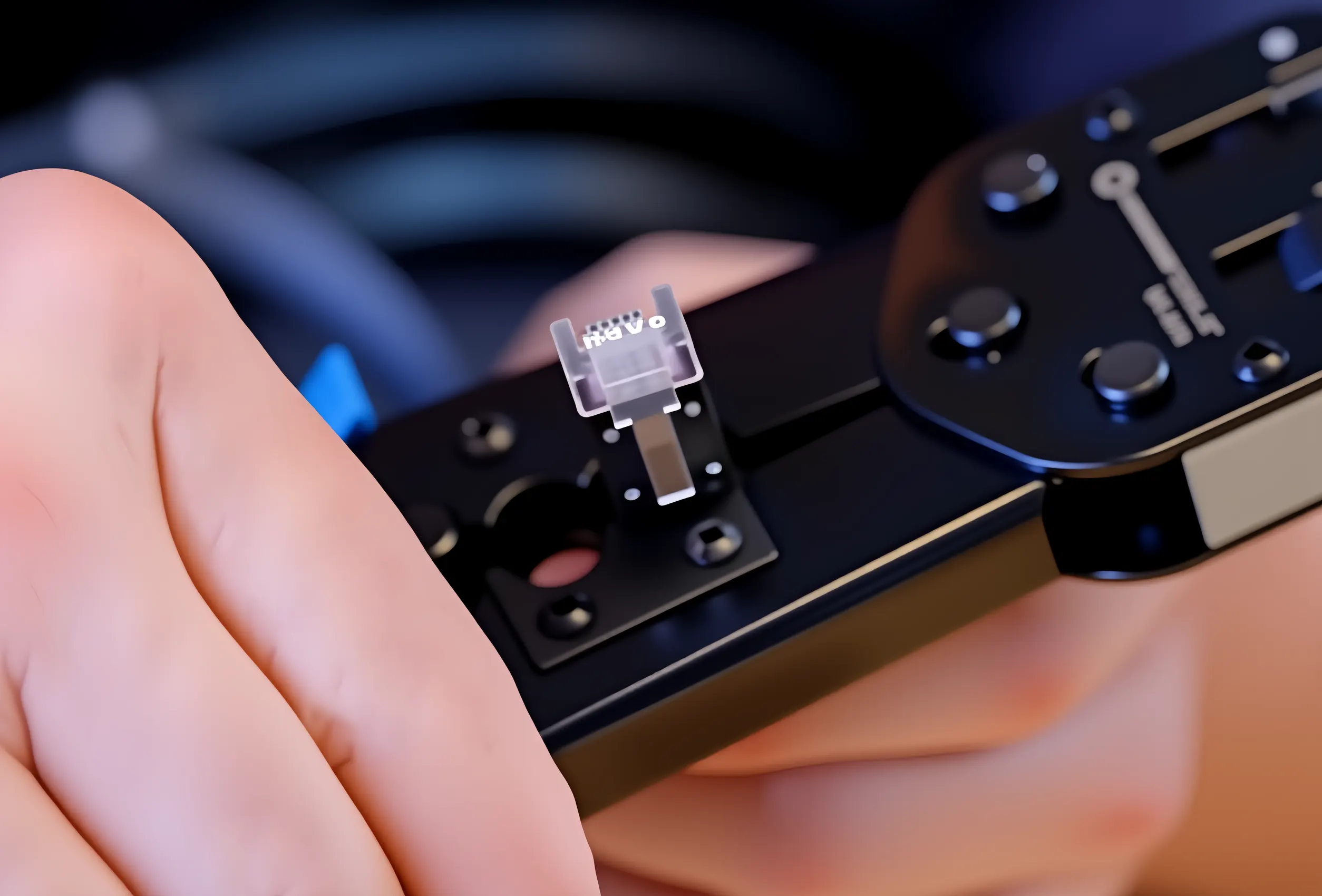
By quanyu lee
2025-08-23 06:14:06
RJ45 Connector and Ethernet Cabling Guide
Stable, high-speed data transmission is crucial in modern office, home, and industrial networks. As the core interface in Ethernet cabling, the RJ45 connector is responsible for connecting devices and ensuring stable data transmission. This article will comprehensively explain the basics of the RJ45 connector, including port color coding, its relationship with Ethernet cables, and application scenarios. It will also share reliable custom cable solutions, allowing you to easily build an efficient network.
1. What is an RJ45 connector?
The RJ45 connector is a commonly used network interface. It uses an 8P8C (8-pin, 8-core) design and enables data transmission between devices through plugging and unplugging. It is widely used in local area networks (LANs), Ethernet, and industrial automation networks.
High-quality RJ45 connectors can improve data transmission stability and reduce signal interference.

2. What is an Ethernet cable?
Ethernet cables are network cables used for data transmission and are primarily categorized as UTP (Unshielded Twisted Pair) and STP (Shielded Twisted Pair). Common specifications include Cat5, Cat5e, Cat6, and Cat6a, each supporting different bandwidths and transmission rates.
Using the RJ45 connector, Ethernet cables enable high-speed interconnection within local area networks, data centers, and industrial control networks.

3. Is RJ45 Ethernet?
It's important to understand that RJ45 isn't Ethernet itself, but rather a physical interface standard. Ethernet is a data communications protocol, while RJ45 is the interface that interconnects devices. Understanding this will help you select the right type and cabling, improving network performance.
4. What is the difference between RJ45 and Cat6?
- RJ45: Physical connector for connecting devices.
- Cat6: A type of Ethernet cable that supports up to 10Gbps data transmission and 250MHz bandwidth.
Simply put, Cat6 is the cable, and RJ45 is the connector. High-quality RJ45 cables paired with Cat6 cables ensure stable and reliable network transmission.

5. What is the difference between RJ11 and RJ45?
- RJ11: For telephone lines, 6P4C (6 pins, 4 cores), suitable for voice communications.
- RJ45: For data networks, 8P8C (8 pins, 8 cores), suitable for high-speed data transmission.
The two connectors differ in pin count, size, and application scenarios and are not interchangeable.

RJ11 is primarily used in low-bandwidth voice communications, such as telephones, ADSL broadband, and fax machines, while RJ45 is widely used in high-speed network environments, including Ethernet connections, data centers, industrial automation, security monitoring, and smart homes. The two differ in appearance and function: RJ11 is more suitable for traditional voice communications, while RJ45 is the mainstream interface for modern data transmission and network cabling.
6. RJ45 port color code
RJ45 connector wiring usually follows the T568A or T568B standard. Taking T568B as an example, the color codes are as follows:
| Needle sequence | Color | Function |
| 1 | White orange | Send data+ |
| 2 | Orange | Send data- |
| 3 | White green | Receive data+ |
| 4 | Blue | Unused/spare |
| 5 | White and blue | Unused/spare |
| 6 | Green | Receive data- |
| 7 | White brown | Unused/spare |
| 8 | Brown | Unused/spare |
Correct color coding helps reduce signal interference and transmission errors and improves network cabling efficiency.

7. RJ45 connector application areas
- Local Area Network (LAN) Cabling
- Enterprise Office Networks
- Data Center and Server Interconnection
- Home Smart Networks
- Industrial Automation Equipment Communications
In industrial or enterprise networks, high-quality connectors and cables ensure stable, high-speed data transmission. Customized cable solutions, such as those provided by Kaweei, can meet the network needs of complex environments.
8. How to build an Ethernet cable?
The basic steps for building an Ethernet cable are as follows:
Cable Cutting: Cut the Cat5e or Cat6 cable as needed.
Stripping: Peel off the outer cable jacket to expose the eight wires.
Arrange the line sequence: Arrange the line sequence according to T568A or T568B standards.
Crimp the RJ45: Insert the wires into the RJ45 connector and secure with crimping pliers.
Testing: Use a network cable tester to check connectivity and ensure proper signal transmission.

9. FAQ: Frequently asked questions about RJ45 color codes
Q1: What is the difference between T568A and T568B?
A: The color order is different, but the functions are the same. Both ends must be identical.
Q2: Can T568A and T568B be mixed?
A: This applies to crossover cables. Straight-through cables must be identical on both ends.
Q3: Does the RJ45 connector support Category 6?
A: Yes, but shielded RJ45 cables are required to ensure high-speed transmission.
Q4: Where can I get high-quality custom RJ45 cables?
A: Professional manufacturers like Kaweei offer custom services suitable for enterprise and industrial networks.
10. Conclusion
RJ45 connectors are essential interfaces for network cabling. Used with Ethernet cables, they ensure stable and efficient data transmission. Understanding their types, port color coding, and application areas will help users properly wire and maintain network systems.



